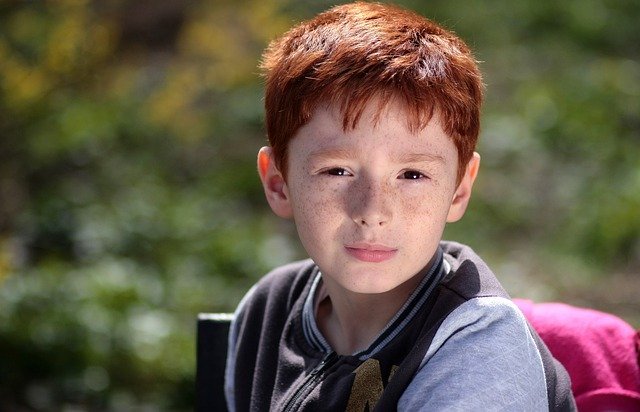
In a new study, researchers have found that a test widely used to diagnose whether children have autism is less reliable than previously assumed.
The standardized test, known as the Autism Diagnostic Observation Schedule (ADOS), assesses communication skills, social interaction and play for children who may have autism or other developmental disorders.
The research was conducted by Rutgers scientists.
The team digitized the test by attaching wearable technology, like an Apple Watch, to two clinicians and 52 children who came in four times and took two different versions of the test.
When researchers looked at the scores of the entire cohort, they found they did not distribute normally – which could mean a chance of false positives inflating the prevalence of autism, among other implications.
The results showed that switching clinicians may change a child’s scores and consequently influences the diagnosis.
The researchers found similar results when they analyzed open-access data of 1,324 people ages 5 to 65.
The team says the ADOS test informs and steers much of the science of autism, and it has done great work thus far.
However, social interactions are much too complex and fast to be captured by the naked eye, particularly when the grader is biased to look for specific signs and to expect specific behaviors.
The researchers suggest combining clinical observations with data from wearable biosensors, such as smartwatches, smartphones, and other off-the-shelf technology.
By doing so, they argue, researchers may make data collection less invasive, lower the rate of false positives by using empirically derived statistics rather than assumed models, shorten the time to diagnosis, and make diagnoses more reliable, and more objective for all clinicians.
Autism researchers should aim for tests that capture the accelerated rate of change of neurodevelopment to help develop treatments that slow down the aging of the nervous system.
One author of the study is Elizabeth Torres, an associate professor of psychology.
The study is published in the journal Neural Computation.
Copyright © 2019 Knowridge Science Report. All rights reserved.



